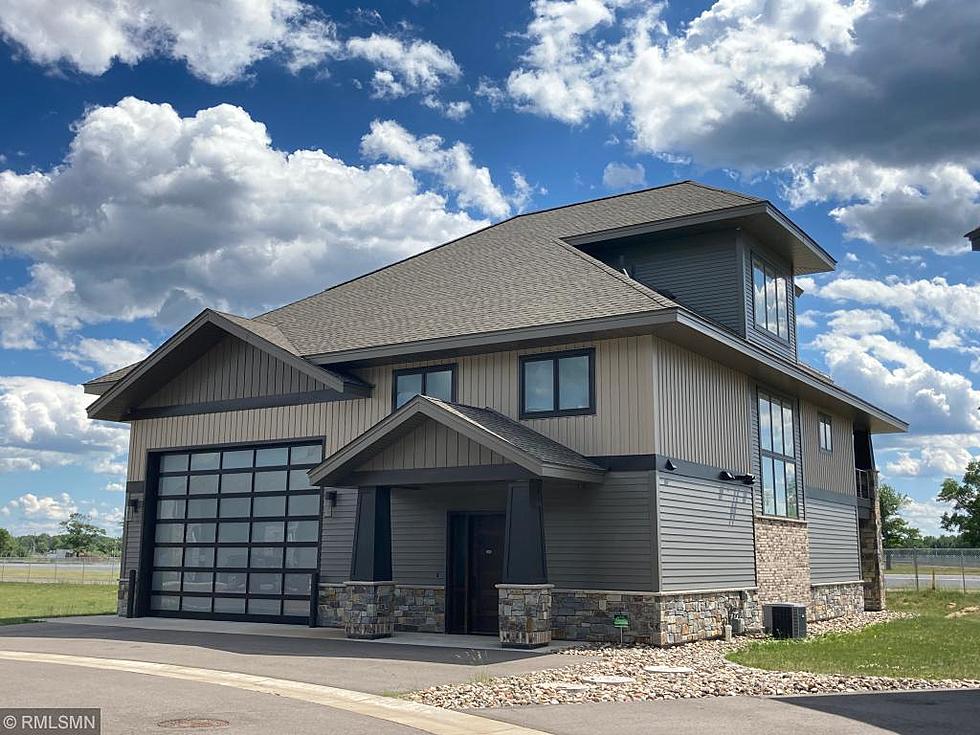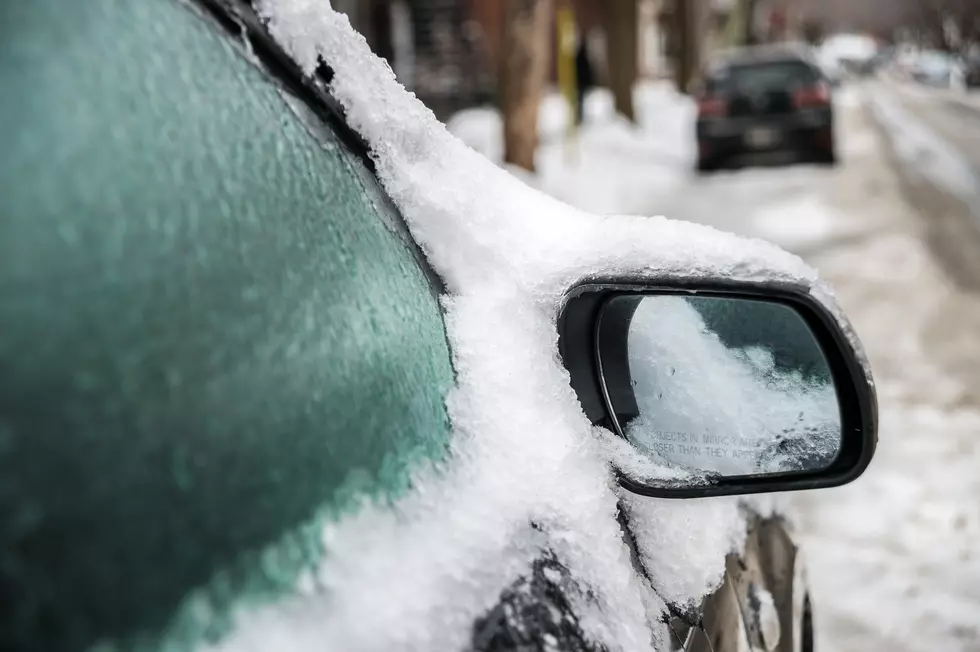
Investigating the Dreaded ‘Check Engine’ Alert
I used to drive a car whose check engine light was always on, even though I got it checked, it was still on for no reason. My car now features a "low tire" light. My tires are fine. Read on, there's more to it than just an annoying light.
Few automobile problems are more vexing than the "check engine" light. When the light comes on, it may mean you simply didn't tighten your gas cap enough after filling up - or it could mean there's major trouble brewing in your catalytic converter.
CarMD.com, a seller of do-it-yourself tools to help you diagnose problems with your car, has compiled a list of the most common reasons the "check engine" light comes on, based on its database of engine repair information, which is compiled by automotive technicians. (They receive a fee in exchange for contributing data.) Art Jacobson, the company's vice president, said it is important to find out why the light is on because "small problems can lead to big price tags" if necessary repairs aren't completed.
Here's the list:
1. Replace the oxygen sensor. The sensor is a device that measures oxygen in the car's exhaust and helps regulate how much fuel the engine needs to operate. If it's faulty, it will make the car use more fuel than needed - and end up raising your fuel costs as much as 40 percent, Mr. Jacobson said. "The vehicle will run fine, but it will inject more fuel and you'll buy it more often," he says. Replacing the sensor usually costs less than $200.
2. Inspect for a loose or cracked gas cap. If you don't tighten the gas cap enough, or if it's broken, gas can evaporate into the air, wasting fuel. A new gas cap typically costs less than $3.
3. Replace the catalytic converter. The catalytic converter reduces toxic emissions and can be an expensive (as much as $2,000) repair. Typically, this part won't fail unless you repeatedly ignore problems with faulty oxygen sensors or spark plugs. So its ranking suggests a lot of routine repairs aren't getting done.
4. Replace the mass air flow sensor. This device measures air coming into the engine. Problems here can be prevented by changing the air filter when you have your oil changed - for a cost of about $20. If you don't, and dust builds up on the sensor, you could be in for a $400 repair.
5. Replace the spark plugs. Changing spark plugs typically costs a few dollars a plug if you do it yourself. Again, if not replace
via Investigating the Dreaded 'Check Engine' Alert - Yahoo! Finance.
More From KOOL 101.7









